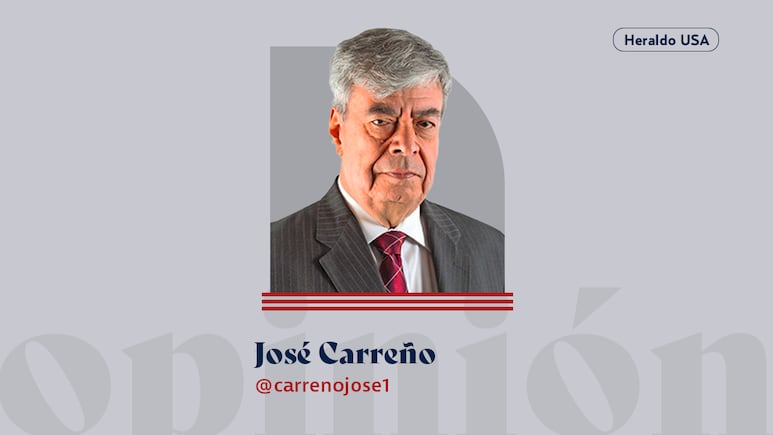FROM THE OUTSIDE | Governing by “shock and awe”
Trump 2.0 has issued 70 executive orders in just 30 days, a number that surpasses those issued in the first 100 days of any president since 1933

According to Bruce Mellman, a prominent American political analyst, Donald Trump’s new administration has “moved faster, further, and more aggressively to transform the government than any president has” since Franklin Delano Roosevelt over the past 33 days.
Publicidad
The strategy has been clear: it adopts a method of shock and awe, politically mirroring the military strategy known as “Shock and Awe” that U.S. forces used against the Iraqi army in 2003. This approach relies on overwhelming power and displays of force to incapacitate the enemy and weaken their resolve to fight.
Trump 2.0 has issued 70 executive orders in just 30 days, a number that surpasses those issued in the first 100 days of any president since 1933, according to Mellman’s count.
Twenty-one percent of Trump’s new executive orders concern federal government operations; 15% involve the cancellation of Diversity, Equity, and Inclusion (DEI) programs; 14% pertain to foreign affairs; 10% address borders and immigration; 8% focus on trade and tariffs; another 8% cover healthcare; an additional 8% relate to climate and energy; 5% address defense; 4% involve science and technology; and 7% are classified as “other” matters.
Publicidad
However, in some ways, this approach is like firing a shotgun into a crowd: it injures many without necessarily hitting the intended target. His wave of dismissals, supposedly aimed at reducing the size of the government, has been so unpredictable that reversals have become necessary—such as when they canceled contracts for a group responsible for overseeing the construction of U.S. nuclear weapons.
Publicidad
Simultaneously, this strategy has genuinely shocked and frightened many Americans in political terms. Meanwhile, Trump’s loyalists effectively occupy or control key levers of power, including the military, law enforcement and intelligence agencies, as well as oversight bodies such as inspectors general across various departments and even the Department of Justice.
The fact remains that Trump and his team have developed a strategy that increasingly concentrates power in the hands of the Executive branch—specifically, in his own hands. His control over the Republican caucuses in Congress is nearly absolute, largely because he must force them to act as a bloc, given their slim majorities. He cannot afford to lose votes.
At the same time, he has tried to intimidate the judiciary. After all, as Vice President J.D. Vance stated, judges shouldn’t have the ability to restrict the executive’s power.
In other words, Trump seems driven to reshape the government and guide the United States in a way that aligns with the social, economic, and political views frequently advocated by the religious right. To accomplish this, he nearly requires almost total authority.
Publicidad
Publicidad
Más Leídas | Heraldo USA
Precio del dólar HOY en México: lunes 14 de julio de 2025
Por Heraldo USA
EN VIVO: Sigue minuto a minuto la conferencia matutina de Claudia Sheinbaum HOY 14 de julio
Por Heraldo USA
Kate Middleton: El peso y estatura de la princesa de Gales antes de que confirmar su cáncer
Por Heraldo USA
Estas son las cirugías que se ha hecho Jennifer Lopez
Por Heraldo USA
Publicidad
Más noticias de Columna
Más noticias de Estados unidos








